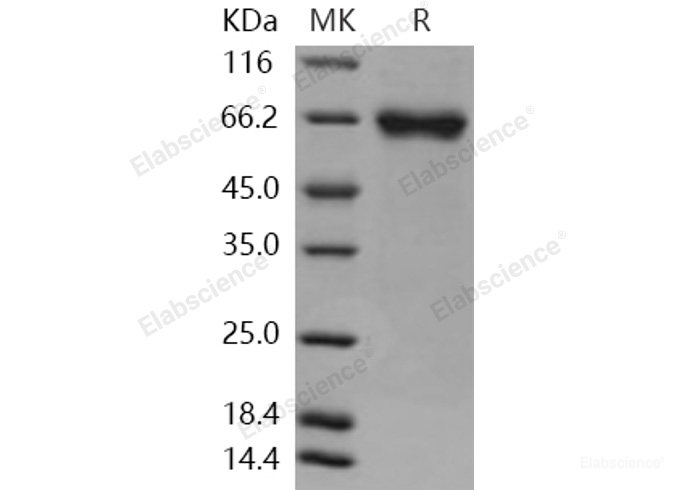Background
The three fibronectin leucine-rich repeat transmembrane (FLRT) proteins contain 10 leucine-rich repeats (LRR), a type III fibronectin (FN) domain, followed by the transmembrane region, and a short cytoplasmic tail. FLRT1 is expressed in kidney and brain, which is a target for tyrosine phosphorylation mediated by FGFR1 and implicate a non-receptor Src family kinase (SFK). All FLRTs can interact with FGFR1 and FLRTs can be induced by the activation of FGF signalling by FGF-2. The phosphorylation state of FLRT1, which is itself FGFR1 dependent, may play a critical role in the potentiation of FGFR1 signalling and may also depend on a SFK-dependent phosphorylation mechanism acting via the FGFR. This is consistent with an 'in vivo' role for FLRT1 regulation of FGF signalling via SFKs. Furthermore, the phosphorylation-dependent futile cycle mechanism controlling FGFR1 signalling is concurrently crucial for regulation of FLRT1-mediated neurite outgrowth. FLRT1, FLRT2 and FLRT3 are members of the fibronectin leucine rich transmembrane protein (FLRT) family. They may function in cell adhesion and/or receptor signalling. Their protein structures resemble small leucine-rich proteoglycans found in the extracellular matrix. FLRT3 shares 55% amino acid sequence identity with FLRT1.







